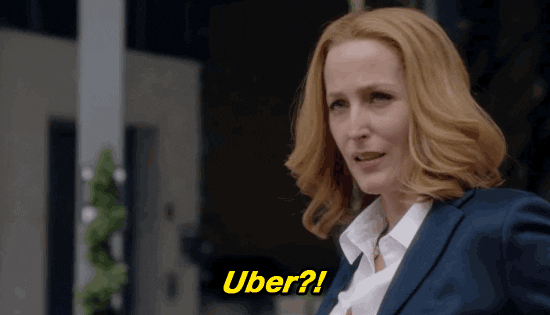The ride-sharing company has been in extended damage control mode. Its reputation has taken a steady beating in recent months for workplace harassment and corporate espionage charges, not to mention the apparent (and potentially lethal) failure of its self-driving vehicles. But the company’s diversity report, released Tuesday, does little to dispel the image of the company as a white male–dominated bro-zone. It isn’t a surprise that a company whose CEO once called it “Boob’er” (because it helped him get dates) would not be able to transform its culture overnight. Still, the numbers illuminate how pervasive its diversity problem is.
Before we can even get to the numbers, the report foreshadows how its efforts might go south. The names of the “employee resource groups” tasked with addressing diversity concerns appear to burden the very people most affected by Uber’s lack of diversity. UberHUE (for black diversity and inclusion), Los Ubers (for Latino and Hispanic employees), UberABLE (for employees with disabilities)—you get the picture. If this is the beginning of efforts to transform the company culture, then perhaps these names should also be sent to the chopping block.
Now for the numbers: Uber’s global tech leadership is nearly 90 percent male, and in the U.S. it is 75 percent white. It isn’t much better across the board, as men hold a staggering 85 percent of tech jobs all over the world; in the U.S., just 1 percent of its tech workforce identified as black and 2 percent as Hispanic. Men hold more than two-thirds of the jobs in the U.S. workforce alone.
True to its macho roots, the company’s new human resources officer spun the company’s travails to The New York Times in blindingly aggressive terms: “Every strength, in excess, is a weakness.” There was no word, of course, on the diversity numbers of Uber’s massive driver fleet, which the company does not count as its employees.
